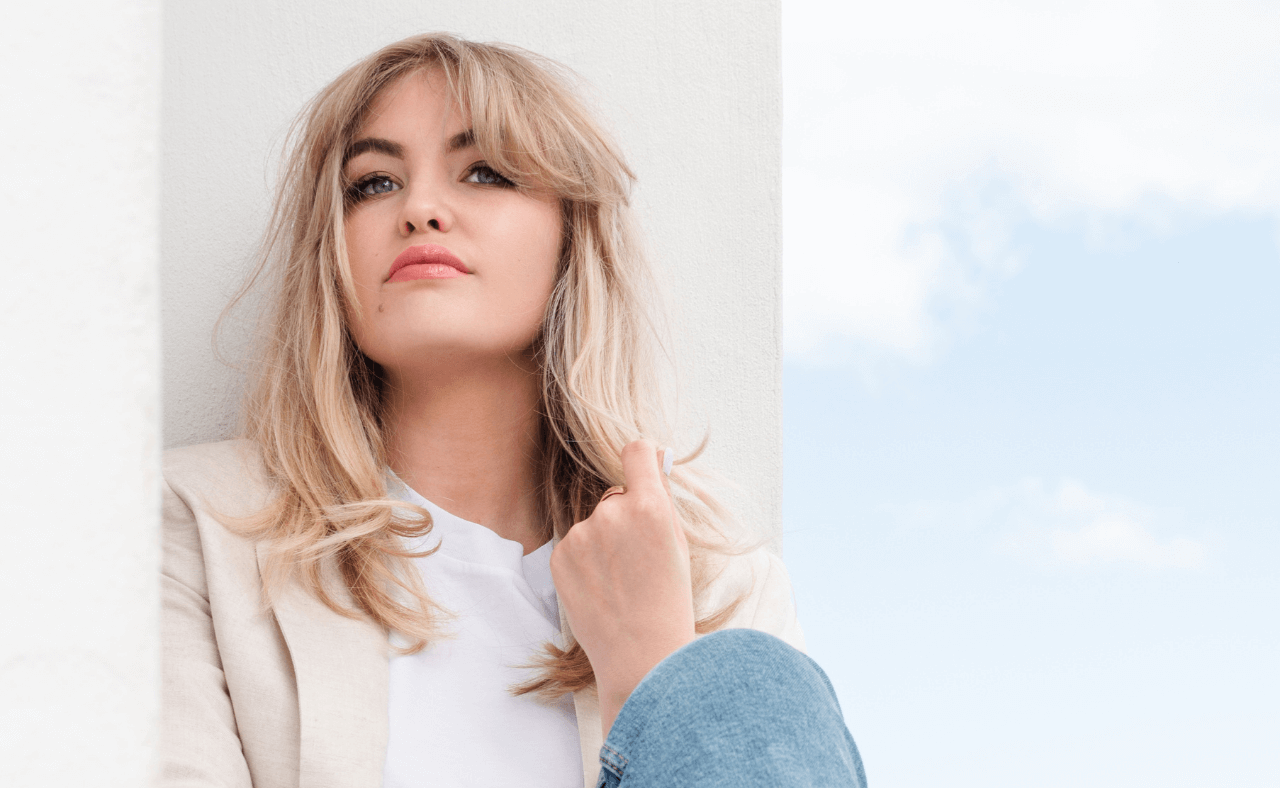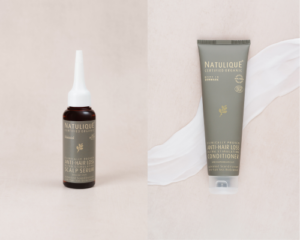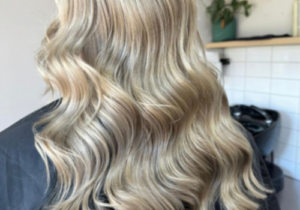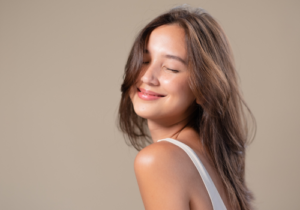Introduction to balayage and classic coloring
In the hair world, choosing between balayage and classic color is a crucial decision influenced by ever-changing trends. These two coloring techniques offer distinct results that can transform the appearance of hair. This article looks at the essential difference between balayage and classic color to help you make an informed choice.
Scanning definition
Balayage is a coloring technique that aims for a natural, sun-kissed effect on hair. It's a versatile method that delivers subtle shades and gradual lightening, creating the impression of naturally sunlit hair.
The scanning process
The balayage process is generally done freehand, which distinguishes it from more traditional coloring methods. The colorist applies color to the surface of each strand, usually from the middle to the tips, avoiding the roots. This creates a smooth, natural transition between tones, with no visible lines.
Sweep types
- Classic sweep : Using a gentle technique, it offers luminous, natural highlights.
- California sweep: Known for its sun-kissed look, this type is ideal for adding volume and dimension to hair.
- Reverse scan : In contrast to traditional balayage, darker tones are applied to create depth.
Definition of classic color
Classic coloring, on the other hand, involves the application of a uniform color throughout the hair. Unlike balayage, it offers total coverage, ideal for concealing gray hair or for a radical color change.
The classic coloring process
The process begins by applying the dye to the entire head of hair, from roots to ends. This requires careful application to ensure complete, even coverage. The dye must remain on the hair for a set time to ensure that the color penetrates well.
The different types of color
- Permanent : The ideal solution for those who want a long-lasting color change.
- Semi-permanent : Provides a temporary tint that gradually fades with shampoos.
- Semi-permanent : Offers temporary color without commitment, often used to try out new shades without risk.
Whether you opt for balayage or classic color depends on a number of factors, including the type of look you want to achieve, your commitment to maintenance, and the natural condition of your hair. Each has its own unique characteristics to meet different styling needs.

Key differences between balayage and classic hair coloring
Choosing between balayage and classic coloring is often based on the significant differences in their application and results. Each technique offers a distinct approach to styling and maintenance, influencing the final decision of individuals seeking a hair change.
Difference in application
Application is one of the major differences between balayage and classic hair coloring. Understanding this process can help you determine which technique will best suit your needs and expectations.
Sweeping application
As previously mentioned, balayage is applied freehand, giving the colorist plenty of freedom to create a natural, customized look. The lightness and subtlety of the application means that specific areas of the hair can be targeted for an illuminated effect. This method is less intrusive on the scalp, as it concentrates mainly on lengths and ends, avoiding the roots.
Application of classic color
Classic coloring, on the other hand, requires even application of color throughout the hair. The process can be more laborious and demanding, as each strand must be properly saturated to ensure an even result. This often requires the use of more powerful chemicals to ensure color durability and intensity, implying meticulous care from roots to ends.
Income statement differences
The different applications obviously influence the final results that can be expected from each technique. Depth, size and coverage are all factors to be taken into account when choosing between the two methods.
Sweep result
Balayage offers a subtle, multi-dimensional result, with natural highlights that blend harmoniously into the hair. Because transitions between colors are smooth and gradual, there are no sharp lines, ensuring a natural, nuanced look. This technique is particularly appreciated for its ability to add light and texture without cutting snow. Touch-ups can be spaced out over time, minimizing maintenance.
Results of classic coloring
Classic color, on the other hand, guarantees total, even coverage, ideal for a dramatic change or to cover gray hair. It offers a brilliant, intense look, but requires regular maintenance to maintain color saturation and manage root regrowth. This choice is perfect for those who want completely even, consistent color throughout their hair.
In short, both balayage and classic coloring meet distinct stylistic needs. The choice between these two techniques should be based on the desired effect, commitment to maintenance, and tolerance of radical changes. Balayage seduces with its natural look and ease of maintenance, while classic coloring offers a robust choice for those who desire bold change and complete coverage. Assessing your hair constraints and goals is crucial to choosing the method that best enhances your individuality.
See also: How do you know if a shampoo is right for your scalp?
Choosing between balayage and classic hair color - Determining factors
Choosing between balayage and classic coloring can be influenced by a variety of personal and natural factors. To determine which technique best suits your needs, it's essential to consider several key elements related to your individual preferences, as well as the structure and natural color of your hair.
Personal preferences
Personal preferences play a crucial role in the decision between balayage and classic coloring. This includes practical considerations such as the level of maintenance you're willing to commit to, as well as your hair care budget.
Desired level of maintenance
Balayage is often preferred by those who wish to minimize maintenance. Because of its subtle, gradual transitions, balayage requires fewer touch-ups, which means longer time between visits to the hairdresser. On the other hand, classic coloring requires more regular maintenance, especially when it comes to managing root regrowth. Those seeking a low-maintenance style may therefore find balayage more advantageous.
The budget
Budget is another factor to consider. While balayage may initially be more expensive due to the technique and time involved, maintenance costs can be reduced thanks to longer intervals between touch-ups. Classic coloring, however, may require more frequent expenditure to maintain even color and cover recurring roots.
Consideration of natural factors
In addition to personal preferences, the natural characteristics of your hair, such as its type and color, will also influence your choice between balayage and classic coloring. Careful evaluation of these factors can guide you towards the most appropriate technique.
Hair type
Hair type is a determining factor in the choice of coloring technique. Balayage is ideal for long or medium-length hair, as it enhances length with natural highlights. It is equally suited to straight, wavy or curly hair. Classic coloring, on the other hand, can be easily applied to all hair types, short or long, but is often preferable for those seeking to even out color on hair of shorter length.
Natural hair color
Natural hair color also plays a role in your decision. Balayage is often more effective on natural hair that has not yet been colored, as it creates a sun-kissed effect without completely covering the base color. This creates a more natural harmony. For those looking to completely transform their hair color, classic coloring remains the preferred option, since it delivers precise, uniform shades, ideal for masking gray hair or for a bold color change.
Before embarking on hair coloring, it's a good idea to consult a professional to assess the condition of your hair and discuss your hair goals. Expert help can guide you towards the technique best suited to your situation. Taking into consideration your personal preferences and the natural attributes of your hair will help you opt for the balayage or classic color that best enhances your personal style.
Post-color care tips
How to maintain a sweeper
To ensure the longevity and beauty of your balayage, special care is required. Here are a few practical tips for maintaining the health and shine of your hair after balayage:
Use the right products
Opt for shampoos and conditioners specially formulated for color-treated hair. These products are designed to preserve color and prevent it from fading too quickly. Sulfate-free care products are often recommended, as they protect the color while moisturizing your hair.
Limiting exposure to heat
Excessive use of heated appliances, such as hair dryers and straightening irons, can dull the color of your balayage. Air-dry whenever possible, and always use a thermal protector when using heated tools.
Regular hydration
Balayage can sometimes dry out hair, so it's important to moisturize regularly. Incorporate moisturizing hair masks into your weekly routine to deeply nourish and maintain soft, shiny hair.
Space out washes
To prolong the shine of your balayage, space out your washes. Washing your hair every two or three days can help preserve the scalp's natural oils, essential for keeping hair healthy.
FAQ about balayage and classic hair color
What's the longest-lasting method between balayage and classic hair color?
Balayage tends to be longer-lasting because it requires less frequent touch-ups, unlike classic coloring, which requires regular maintenance to avoid visible demarcations at the roots.
Can I do my own sweeping at home?
While some people try balayage at home, it is strongly recommended to call in a professional to guarantee the subtle, harmonious results that are typical of this complex technique.
Is balayage suitable for all hair types and colors?
Yes, balayage can be adapted to different hair types and colors. However, its effect can vary, often being more visible and effective on long, natural hair.
Do these coloring techniques have any impact on hair health?
All coloring techniques can have an impact on hair health, particularly in terms of dehydration. That's why proper maintenance is crucial to maintaining healthy hair.
Is balayage more expensive than traditional hair coloring?
Sweeping can initially be more costly due to the manual technique and time required. However, because it requires less frequent touch-ups, overall maintenance costs can be lower than those of conventional coloring.




